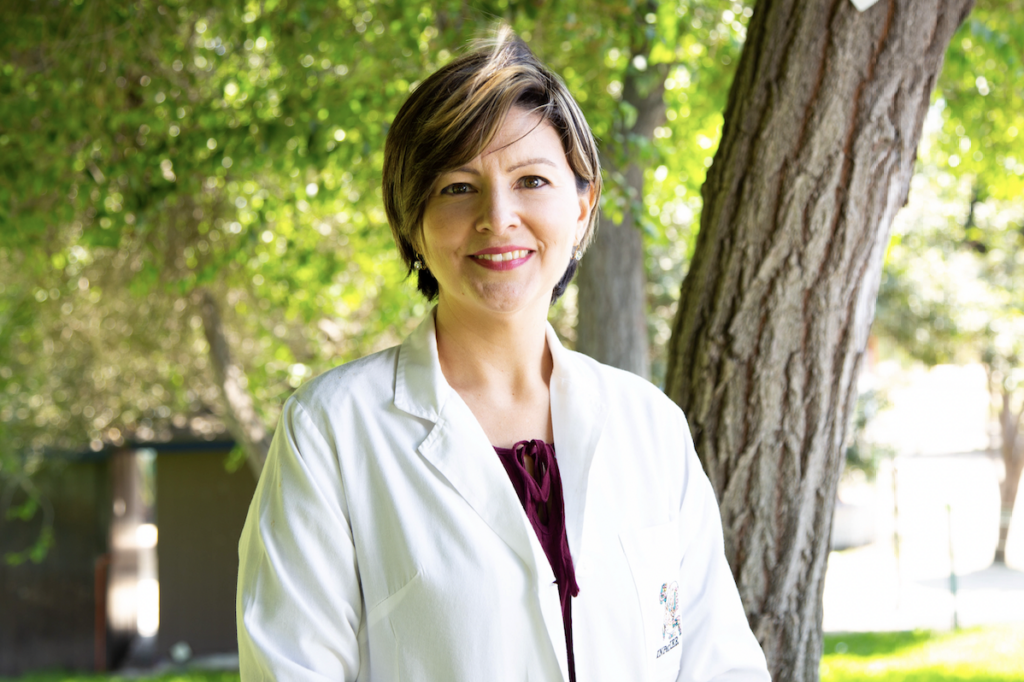Roadmap to A Cure
Our Strategy
Mission: Cure has worked tirelessly since 2017 to bring stakeholders together in search for a cure for chronic pancreatitis. We have selected prominent advisors with substantial drug development experience and expertise in pancreatitis and clinical trial design. These advisors help us identify the most promising potential therapies and develop practical plans to develop and test them.
Below is an overview of our multi-pronged strategy to cure chronic pancreatitis.
Accomplished
Get government support for and assistance with developing therapies for pancreatitis patients
- Organized & led patient panel at 2018 National Institute of Diabetes and Digestive and Kidney Diseases meeting to expedite therapies for pancreatitis
- Co-sponsored patient-focused drug development meeting with FDA & contributed to Voice of the Patient Report
- Won support for including chronic pancreatitis in FDA-funded Rare Disease Cures Accelerator-Data and Analytics Platform (RDCA-DAP)
- Participated in Rare Disease Day on Capitol Hill and Digestive Disease National Coalition meetings with Congressional staff to educate members about pancreatitis and the needs of patients
- Submitted grant to NIH with partners to test repurposed drugs for pancreatitis. Not funded due to COVID.
Partner with Life Sciences and Biotech Companies to Pursue Pancreatitis Therapies
- Presented to more than 10 biotech and pharmaceutical companies on the urgent need for therapies and commercial opportunity
Advance patient-focused drug development
- Conducted the first chronic pancreatitis patient-needs survey
- Contributed to Voice of the Patient Report
- Identified validated tools to measure priority patient outcomes
- Met with experts to understand optimal use of each measurement tool
Identify and test drugs approved for other diseases (Drug Repurposing)
- Invited to join Healx’s Rare Treatment Accelerator Program (RTA) with the aim of starting a clinical trial and eventually develop a treatment for pancreatitis.
- Identified 60 potential drug repurposing candidates that have evidence of action on pancreatitis targets.
- Awarded Innovative Practices ward for Elsevier/Pistoia Alliance Datathon, an international data science competition that generated 300 drug repurposing candidates for chronic pancreatitis
- CFTR
- PRSS1
- SPINK1
- CA 19-9
- Stem cell therapy
Identify new targets and drug candidates
- Applied and got approved to be part of the FDA-funded Rare Disease Cure Accelerator-Data and Analytics Platform (RDCA-DAP)
- Identified and met with researchers studying innovative therapeutic targets and drug candidates
- Monitored scientific developments in other diseases that could apply to pancreatitis; met with researchers to determine whether they will work for pancreatitis
Establish an efficient drug development process
- Participated in American Pancreatic Association committee on animal models; identified researchers developing in vitro models; brought impact investor funding to support development of models
- Identified researchers developing in vitro models; brought impact investor funding to support development of new preclinical models
- Identified experts in trial design to serve as advisors, partners for potential clinical trial
In Progress
Build Government Support
- Helping C-PATH get data from researchers for RDCA-DAP
- Identifying and applying for additional government grants to fund translational research
Partner with life sciences and biotech companies to pursue pancreatitis therapies
- Working with life sciences companies (e.g. Vertex) to make the case for chronic pancreatitis work and to design feasible clinical trials
Advance patient-focused drug development
- Incorporating patient priorities in clinical trial design
- Consulting with trial design experts on most cost-effective, convenient way to gather data on relevant patient outcomes
Identify and test drugs approved for other diseases (drug repurposing)
- Partnering with Healx on moving repurposing candidates through preclinical testing
- Develop efficient trial design (aggregated n of 1 trials or adaptive trial) to test repurposing candidates in partnership with researchers and trial design expert
Identify new targets and candidates
- Working with RDCA-DAP to get data from multiple sources
- Working with researchers to prioritize most promising targets and drug candidates (e.g. Johns Hopkins work on specific pain mechanisms)
- Working with researchers to secure funding for most promising new approaches
- Continuing to monitor new research in pancreatitis and new therapeutic approaches for other diseases
- Working with Machine learning/bioinformatics team to develop a disease model that integrate big data from multiple data sources (e.g. single cell atlas); securing funding to implement that model
Establish an efficient drug development process
- Helping raise funds and coordinate efforts to develop in vitro models; test those models as a way to screen possible therapies
- Drafting protocol for “n of 1” trials with experts
- Seeking funding for n of 1 trials of approved (repurposed) drugs
Future Steps
Build Government Support
- Conduct analyses of RDCA-DAP data to inform therapy development
- Meet with FDA’s Center for Drug Evaluation and Research to discuss patient perspective and requirements for clinical trials
Partner with life sciences and biotech companies to pursue pancreatitis therapies
- Partner with companies testing therapies to use patient-friendly clinical trial designs; inform patients of clinical trials
Advance patient-focused drug development
- Provide input into recruitment strategies, instruments, and design of clinical trials for new therapies
- Inform patients of clinical trials; troubleshoot recruitment problems with researchers
Identify and test drugs approved for other diseases (drug repurposing)
- Partner with Healx on clinical trials of Healx-discovered therapies
- Clinical trials of other repurposing candidates in partnership clinical trial sites such as CPDPC sites
Identify new targets and drug candidates
- Analyze data to learn more about the disease and identify targets and potential treatments
- Advance innovative therapies for new targets (such as CA 19-9) through drug development pipeline.
Establish an efficient drug development process
- Support use of in vitro models to identify and develop therapies
- Implement clinical trials using efficient designs to test approved drugs and new therapies
